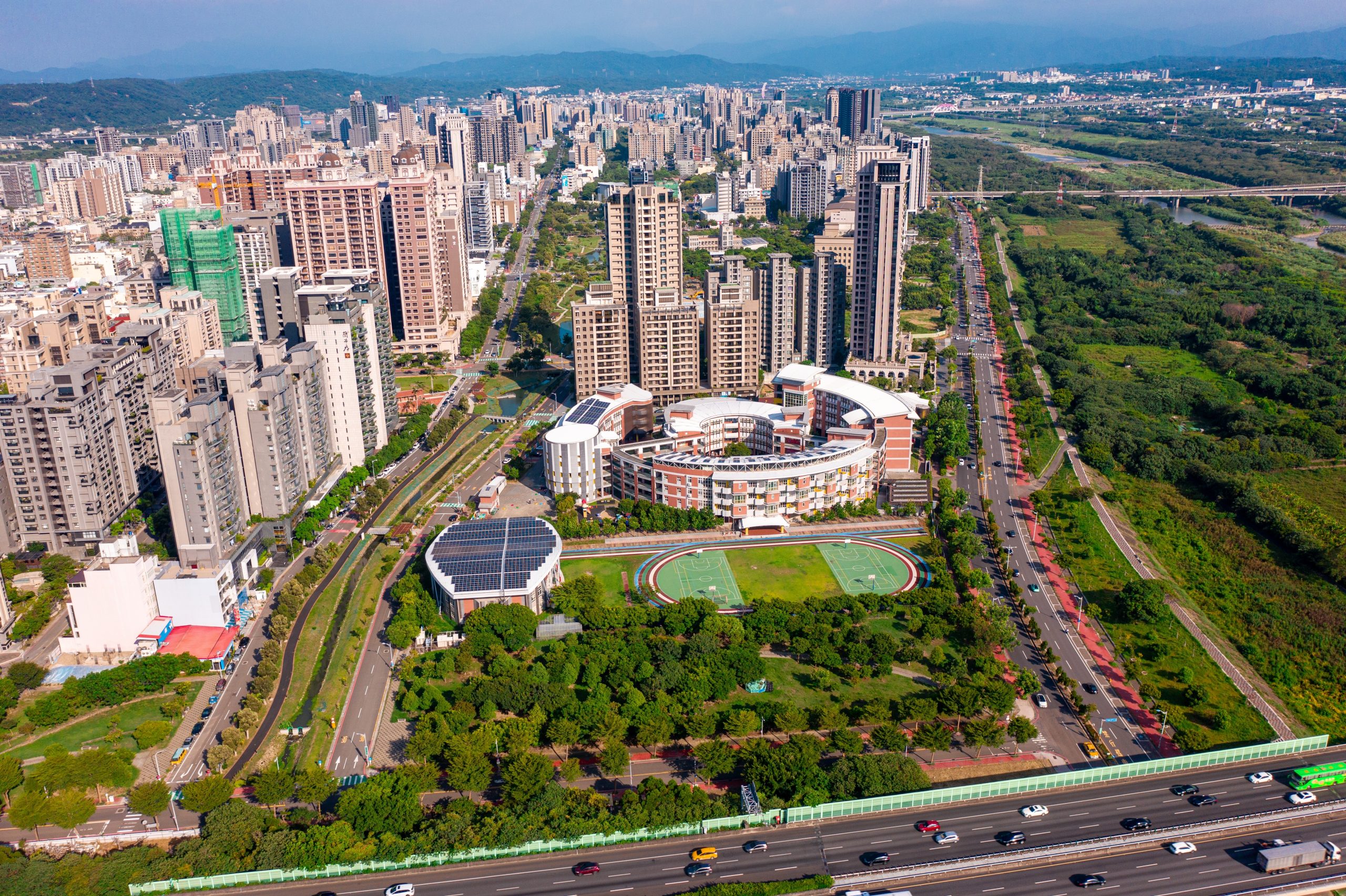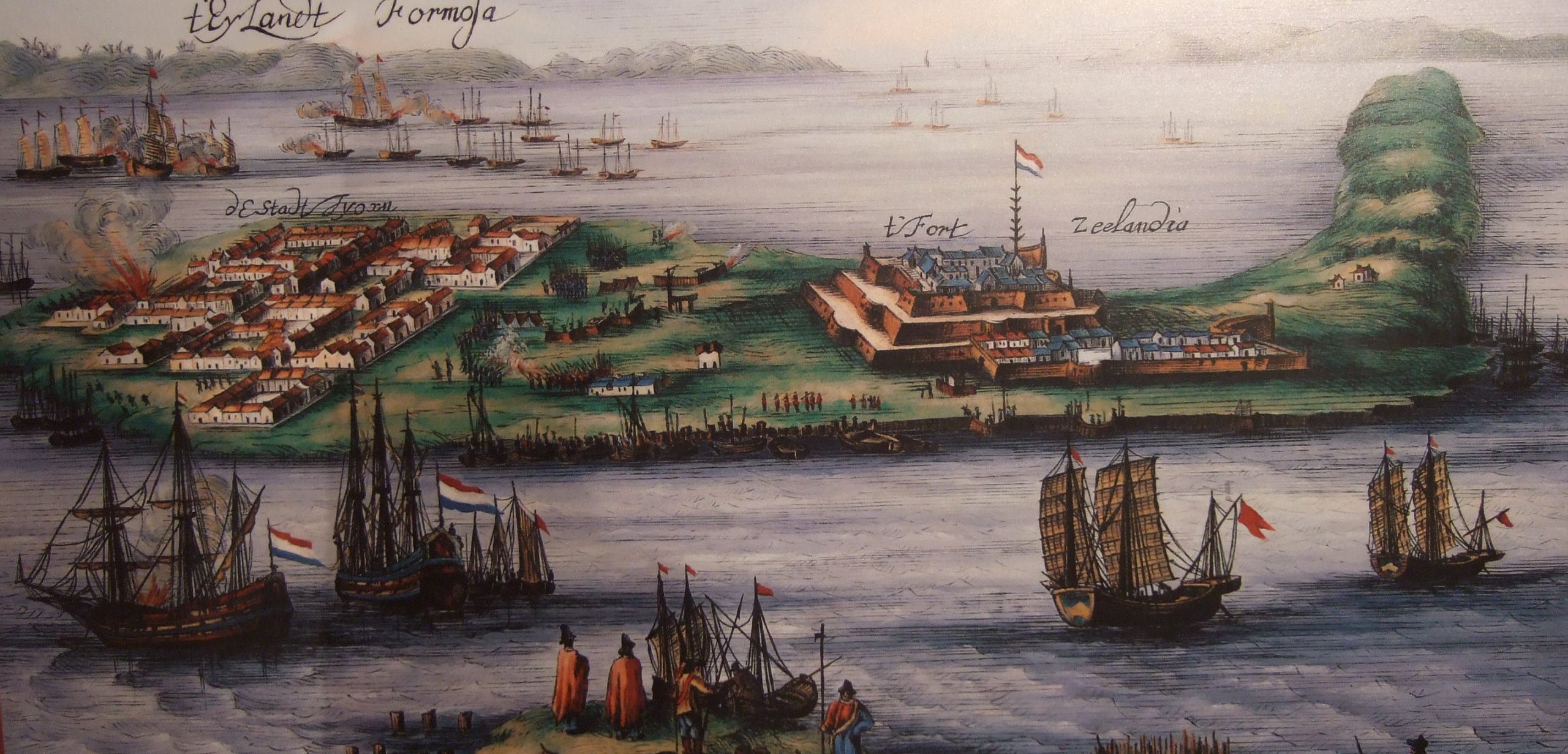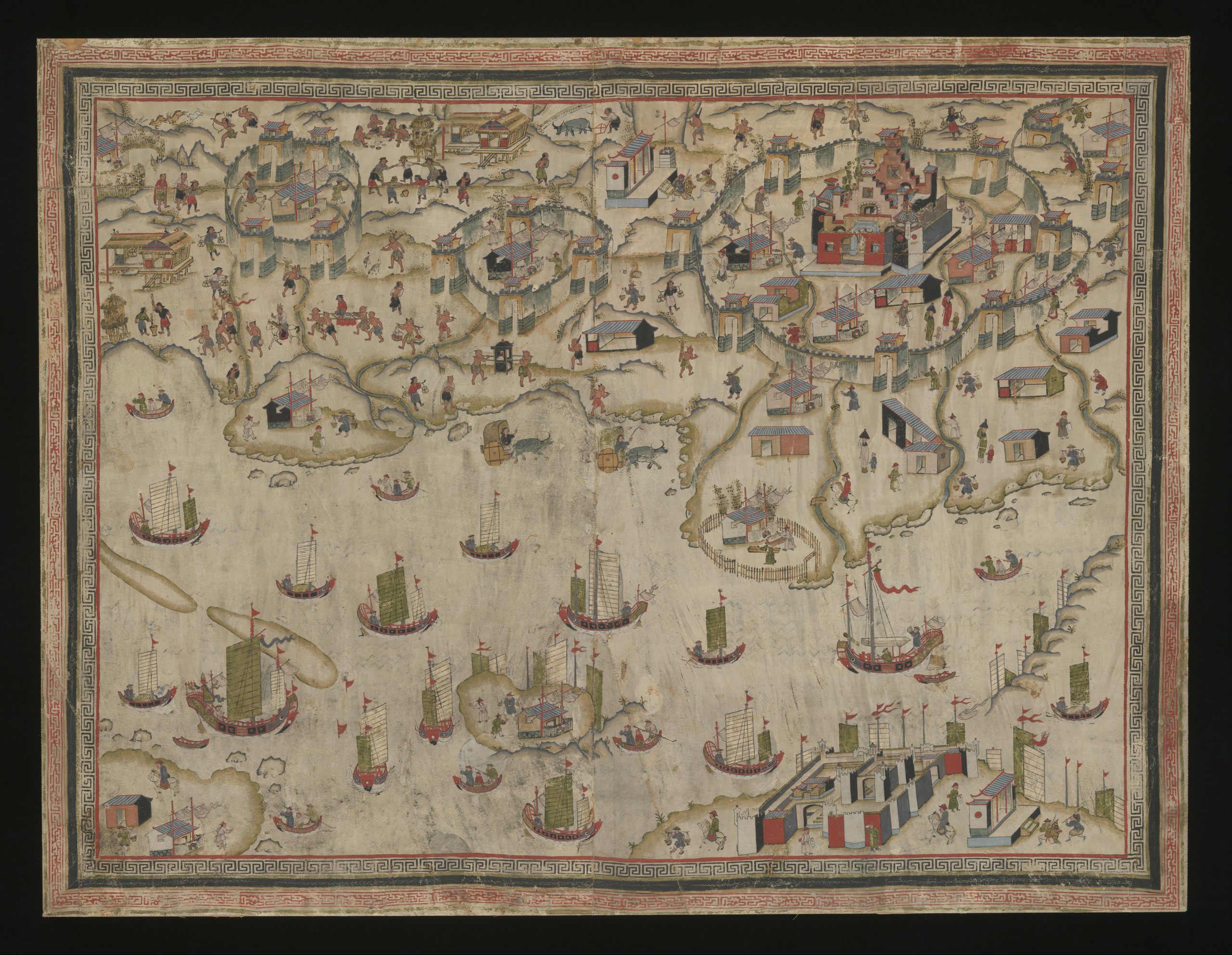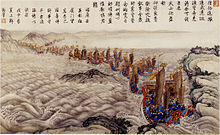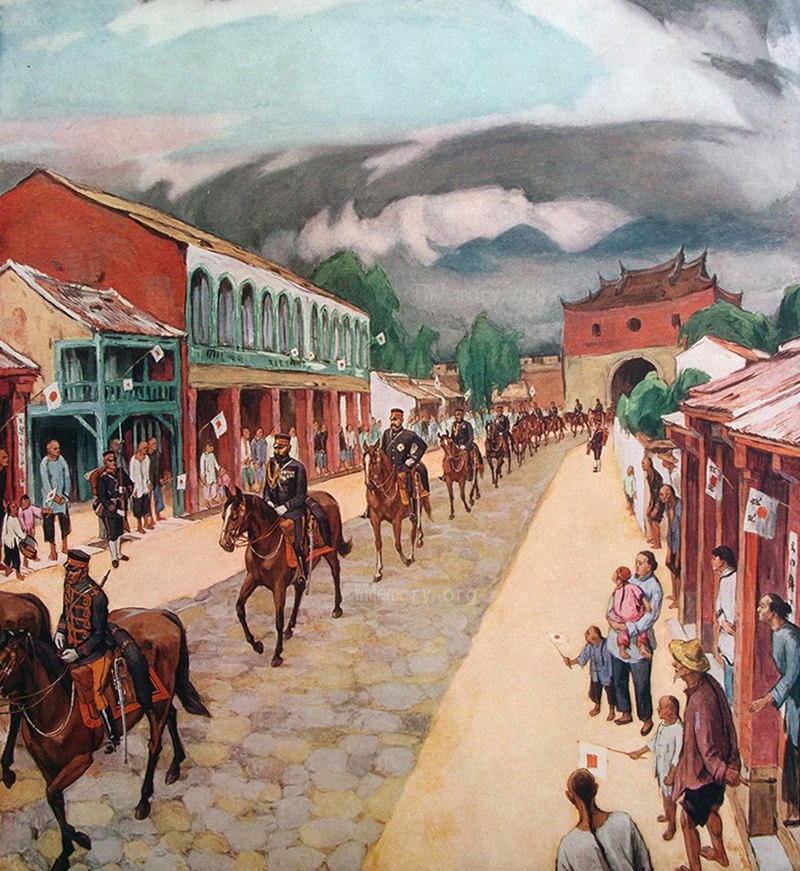 Taiwan Overview
Taiwan Overview
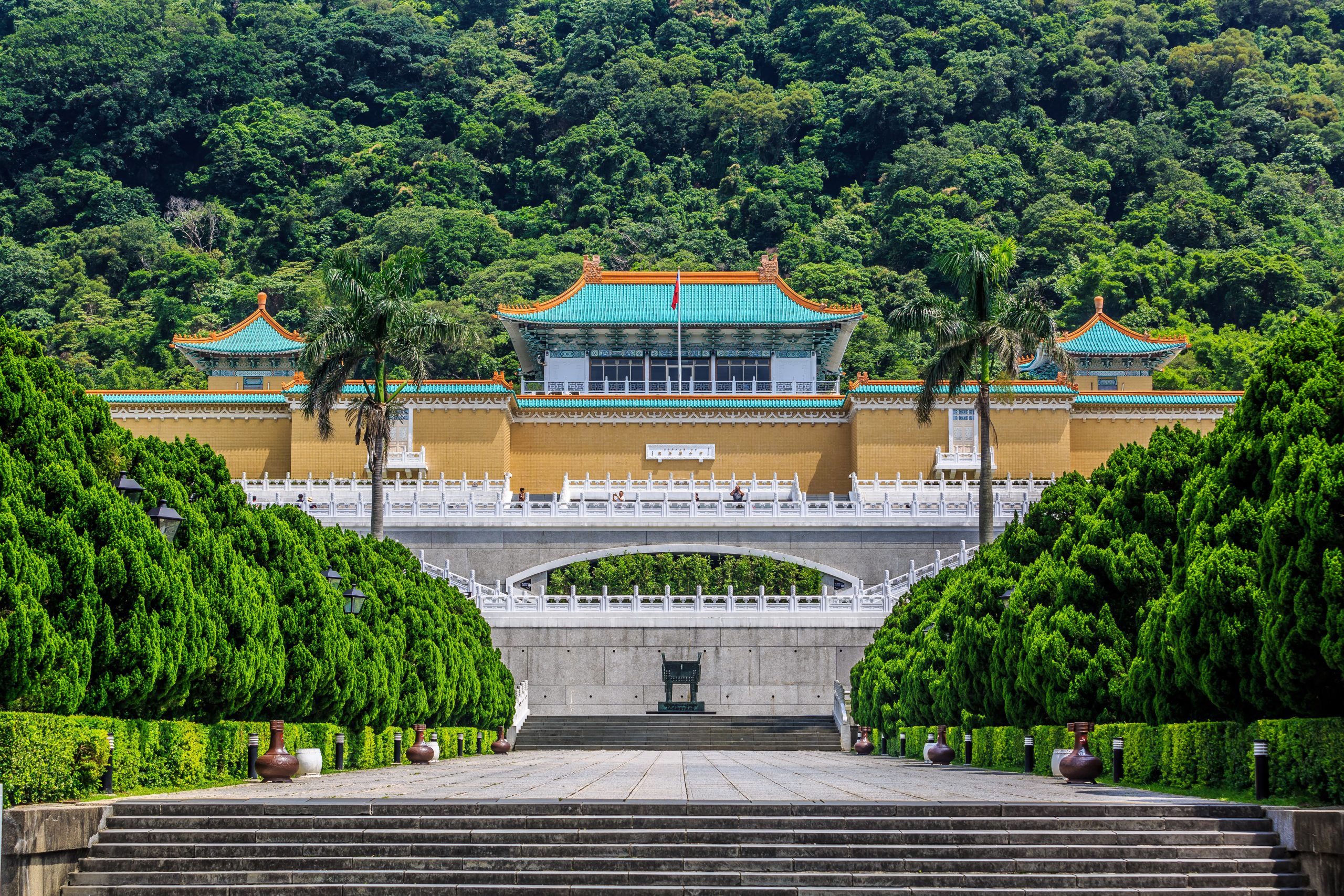 National Palace Museum
National Palace Museum
 Taiwan Miracle
Taiwan Miracle
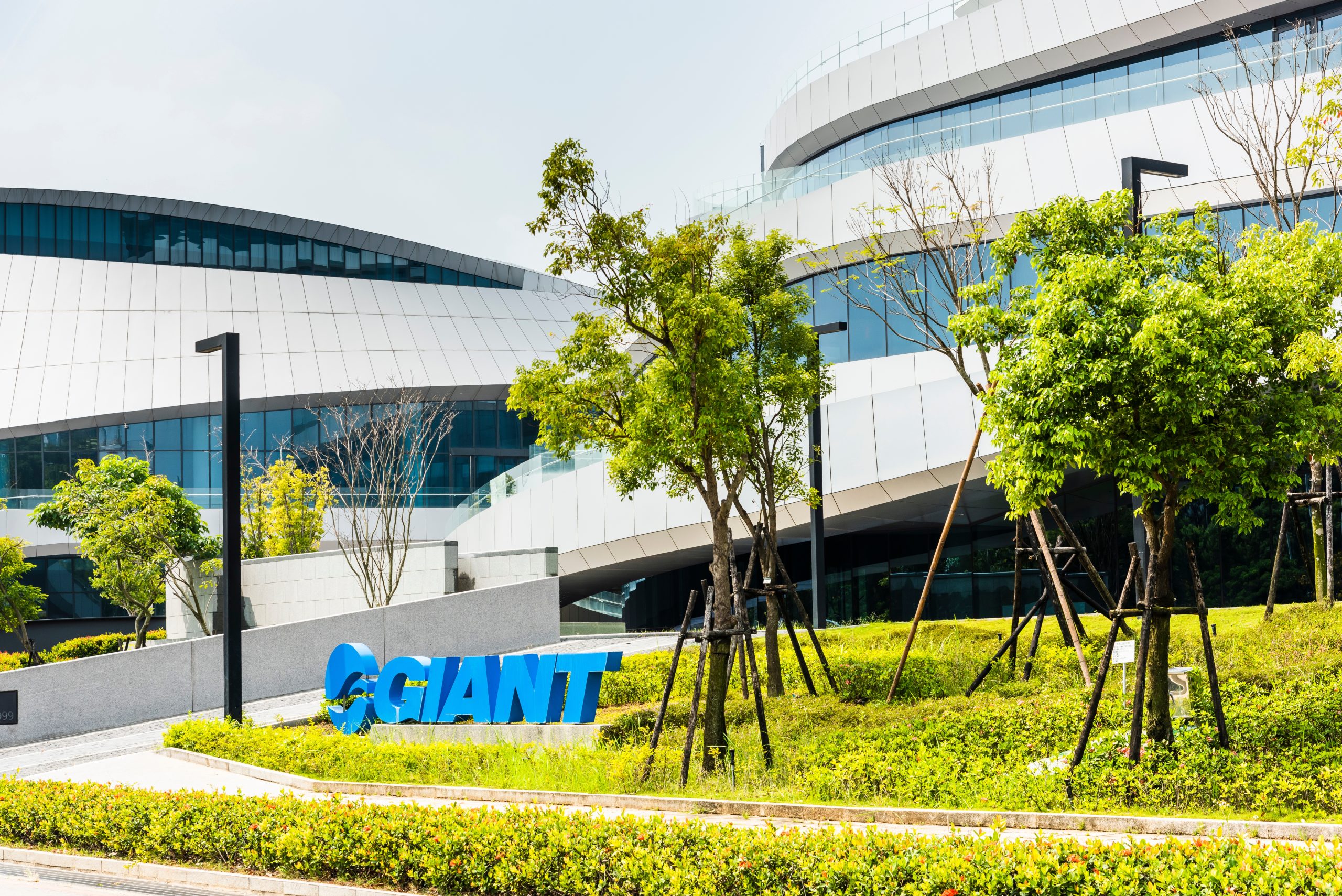 Giant Manufacturing Company
Giant Manufacturing Company
 Bubble Tea
Bubble Tea
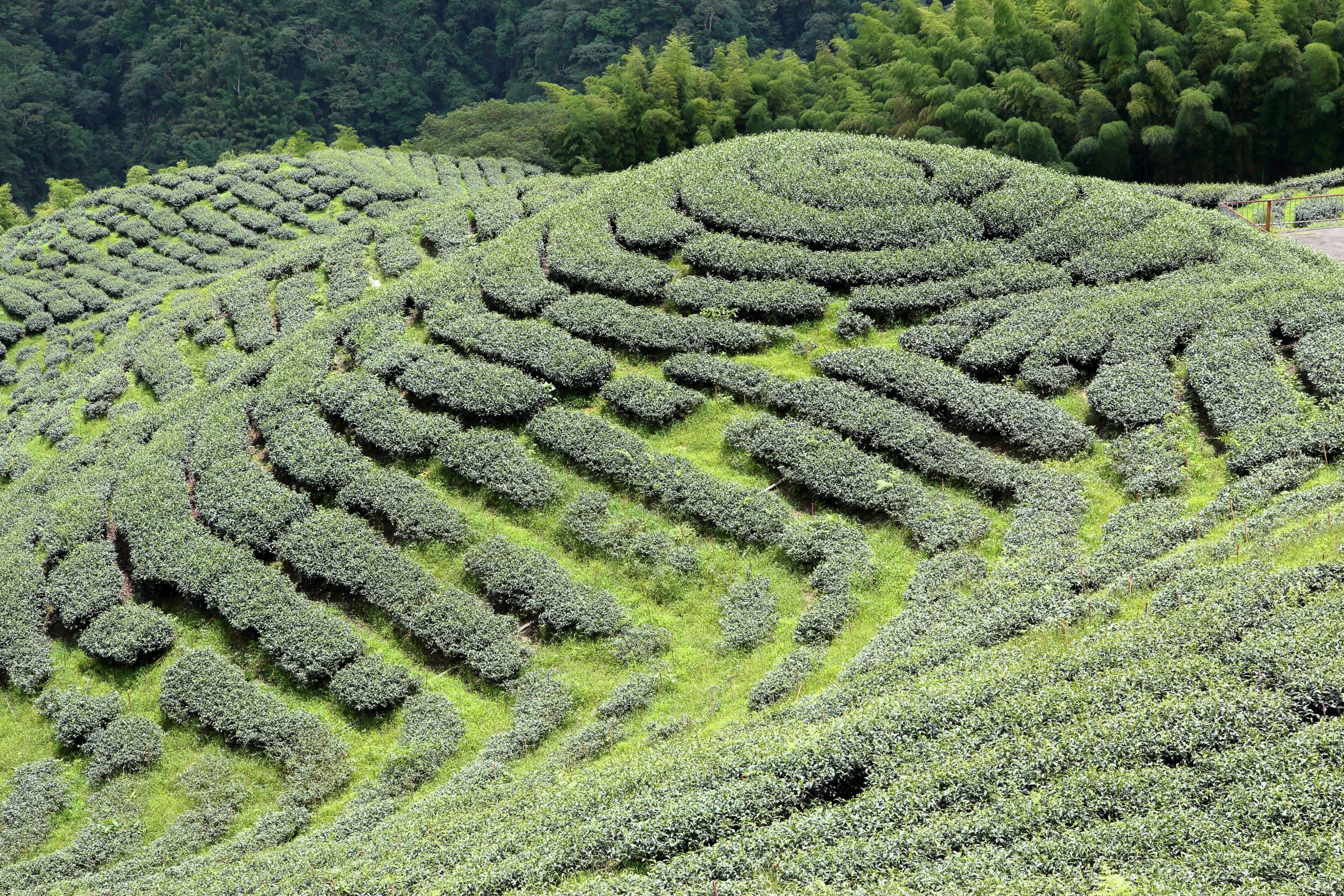 Tea Farms
Tea Farms
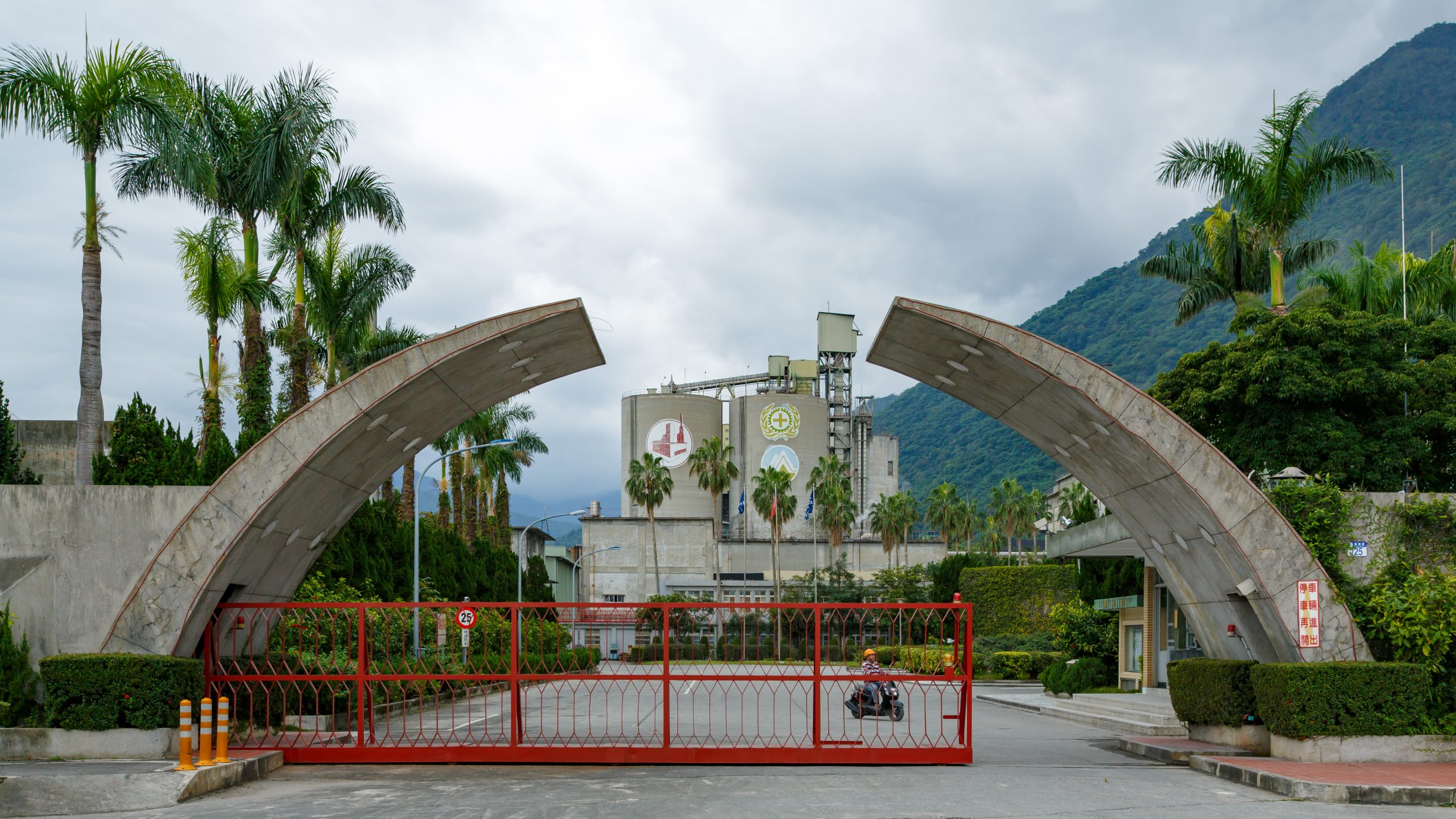 Asia Cement Corporation
Asia Cement Corporation
 National Museum of Prehistory
National Museum of Prehistory
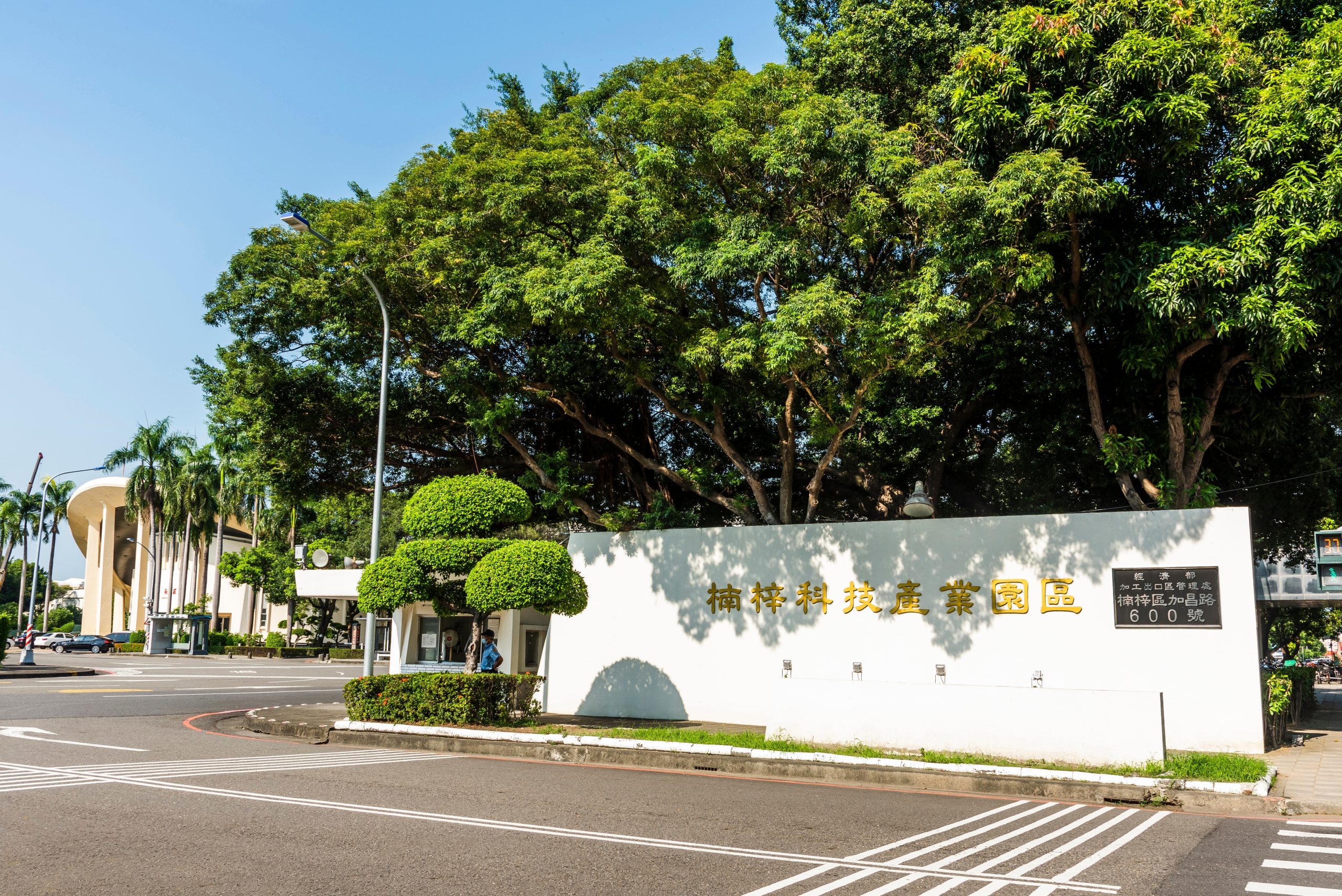 Export Processing Zones
Export Processing Zones
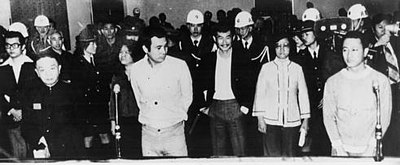 Kaohsiung Incident
Kaohsiung Incident
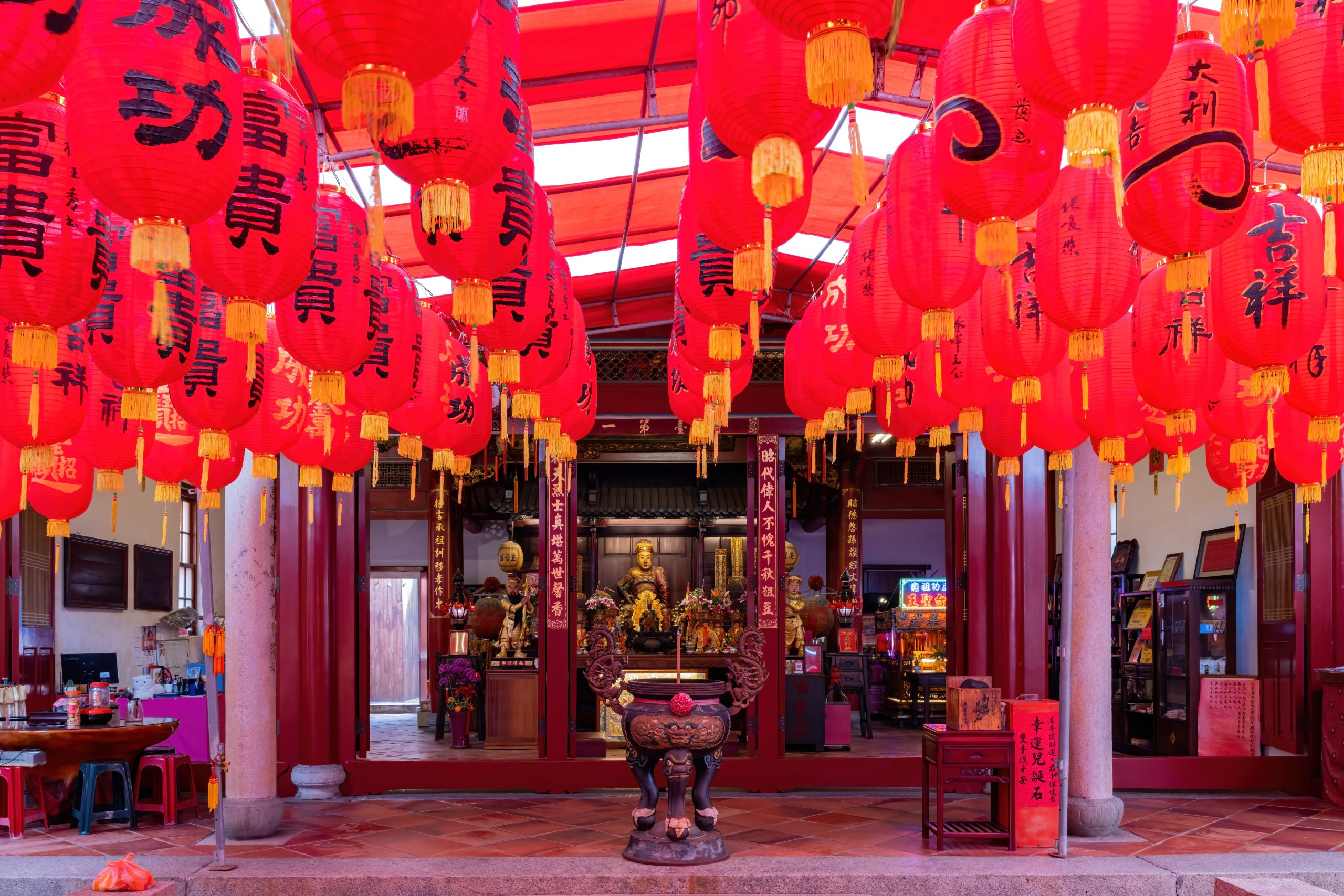 Koxinga Ancestral Shrine
Koxinga Ancestral Shrine
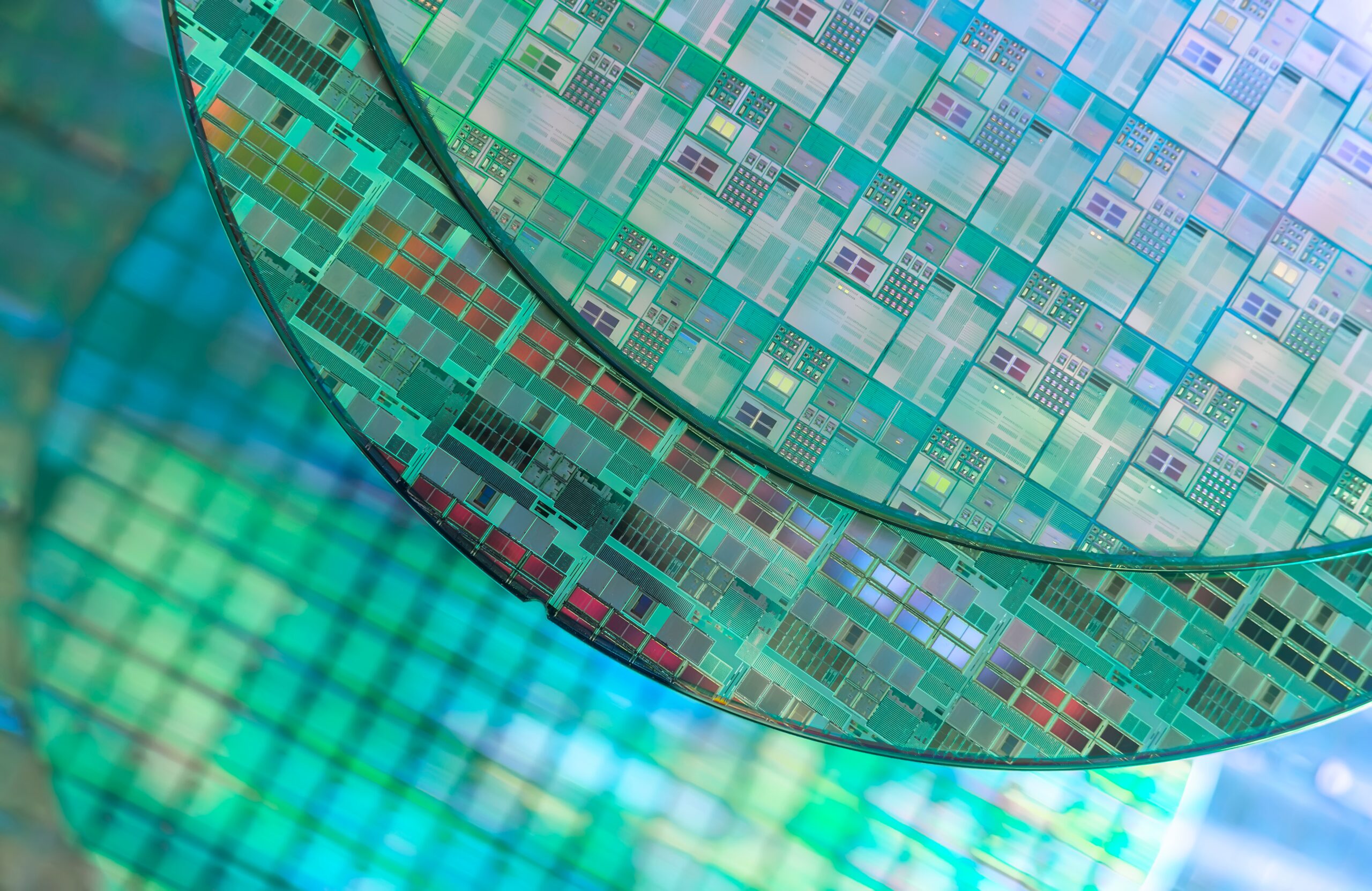 Silicon Shield
Silicon Shield
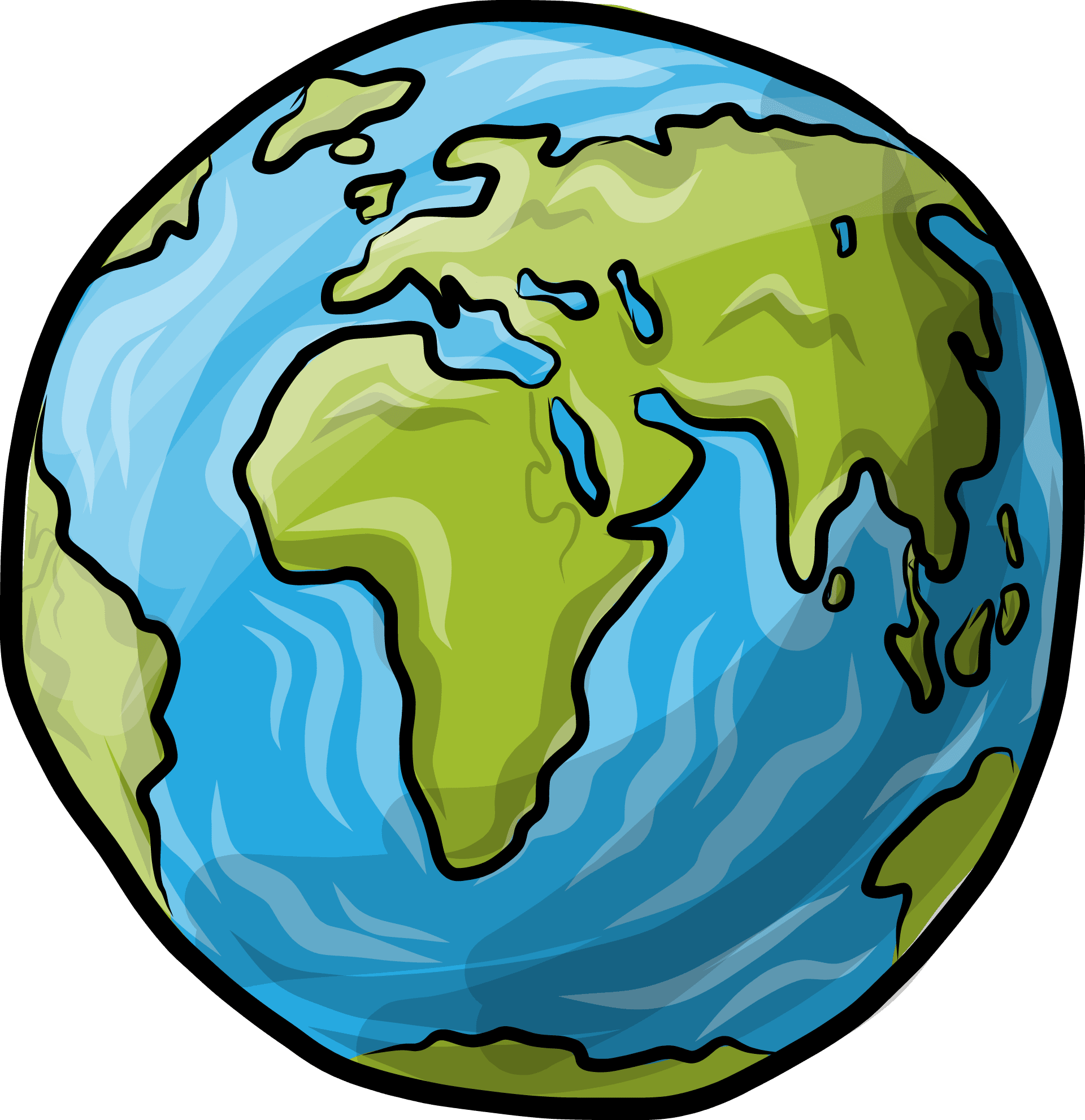 Taiwan
After Japan’s loss in World War II in 1945, Taiwan’s sovereignty returned to China. In 1949, the island came under the rule of President Chiang Kai-shek's Nationalist Party (Kuomintang/KMT) government, who fled to the island after losing to Mao Zedong’s communist forces in China’s Civil War and intended to launch a counter-offensive from there to one day re-take governance of China. For nearly four decades, Taiwan was under military rule, during which time any political dissent was crushed by the KMT in an era known as the “White Terror.” These decades were also marked by the migration of roughly two million mainland Chinese to Taiwan to escape the Civil War. Taiwan served as a key location for U.S. Cold War foreign policy and military strategy in the Pacific region during the Korean and Vietnam Wars, and U.S. military and civilian aid poured into the island to bolster its development and defense. In 1987, under the leadership of Premier Chiang Ching-kuo (Chiang Kai-shek's son), martial law ended in Taiwan, opposition political parties were allowed to form, and the press saw expanded freedoms. Upon Chiang Ching-kuo's death in 1988, political reform began in earnest in Taiwan with the election of native-born Lee Teng-hui to the presidency and Taiwan’s transition to democracy in 1996 with its first open elections. Economically, Taiwan forged a path toward prosperity with major land reforms in the 1950s, followed by private-sector development of new industrial technology in the 1970s known as the “Taiwan Miracle.” Today, Taiwan is at the forefront of the 21st century global economy, leading the world in the production of microchips used in laptops and smartphones, the manufacture of high-end bicycles with carbon-fiber materials, the construction of modern infrastructure showcased by architectural marvels such as Taipei 101, and the export of “soft power" diplomacy and “culture of cute” consumables such as the globally popular bubble tea. (Rigger, 2011).
Taiwan
After Japan’s loss in World War II in 1945, Taiwan’s sovereignty returned to China. In 1949, the island came under the rule of President Chiang Kai-shek's Nationalist Party (Kuomintang/KMT) government, who fled to the island after losing to Mao Zedong’s communist forces in China’s Civil War and intended to launch a counter-offensive from there to one day re-take governance of China. For nearly four decades, Taiwan was under military rule, during which time any political dissent was crushed by the KMT in an era known as the “White Terror.” These decades were also marked by the migration of roughly two million mainland Chinese to Taiwan to escape the Civil War. Taiwan served as a key location for U.S. Cold War foreign policy and military strategy in the Pacific region during the Korean and Vietnam Wars, and U.S. military and civilian aid poured into the island to bolster its development and defense. In 1987, under the leadership of Premier Chiang Ching-kuo (Chiang Kai-shek's son), martial law ended in Taiwan, opposition political parties were allowed to form, and the press saw expanded freedoms. Upon Chiang Ching-kuo's death in 1988, political reform began in earnest in Taiwan with the election of native-born Lee Teng-hui to the presidency and Taiwan’s transition to democracy in 1996 with its first open elections. Economically, Taiwan forged a path toward prosperity with major land reforms in the 1950s, followed by private-sector development of new industrial technology in the 1970s known as the “Taiwan Miracle.” Today, Taiwan is at the forefront of the 21st century global economy, leading the world in the production of microchips used in laptops and smartphones, the manufacture of high-end bicycles with carbon-fiber materials, the construction of modern infrastructure showcased by architectural marvels such as Taipei 101, and the export of “soft power" diplomacy and “culture of cute” consumables such as the globally popular bubble tea. (Rigger, 2011).
 National Palace Museum
In 1948, with civil war raging in China between Communist and Nationalist forces, Generalissimo Chiang Kai-shek ordered the transport of nearly 700,000 precious pieces of art and artifacts from the Forbidden City’s Palace Museum in Beijing to Taiwan by ship. The National Palace Museum, nestled in the mountainous outskirts of Taipei, was opened in 1965. While the PRC (People’s Republic of China) maintains that the artworks were stolen and belong in mainland China, Taiwan contends that its actions saved the pieces from destruction, not only during China’s Civil War but also during its Cultural Revolution of the 1960s and 70s when large amounts of art were destroyed by Mao’s Red Army.
National Palace Museum
In 1948, with civil war raging in China between Communist and Nationalist forces, Generalissimo Chiang Kai-shek ordered the transport of nearly 700,000 precious pieces of art and artifacts from the Forbidden City’s Palace Museum in Beijing to Taiwan by ship. The National Palace Museum, nestled in the mountainous outskirts of Taipei, was opened in 1965. While the PRC (People’s Republic of China) maintains that the artworks were stolen and belong in mainland China, Taiwan contends that its actions saved the pieces from destruction, not only during China’s Civil War but also during its Cultural Revolution of the 1960s and 70s when large amounts of art were destroyed by Mao’s Red Army.
 Hsinchu Science Park Taiwan, sometimes referred to as Taiwan’s “Silicon Valley,” has come to be a symbol the Taiwan Miracle.
Private sector development of new industrial technology paved the way for Taiwan’s rapid economic growth in the 1970s, known as the Taiwan Miracle. Today, Taiwan is at the forefront of the 21st century global economy, leading the world in the production of integrated circuits used in everyday devices such as laptops and smartphones, the manufacture of high-end bicycles with carbon-fiber materials, and other important high-tech electronic components.
Hsinchu Science Park Taiwan, sometimes referred to as Taiwan’s “Silicon Valley,” has come to be a symbol the Taiwan Miracle.
Private sector development of new industrial technology paved the way for Taiwan’s rapid economic growth in the 1970s, known as the Taiwan Miracle. Today, Taiwan is at the forefront of the 21st century global economy, leading the world in the production of integrated circuits used in everyday devices such as laptops and smartphones, the manufacture of high-end bicycles with carbon-fiber materials, and other important high-tech electronic components.
 Giant Manufacturing Company is the largest bicycle designer and manufacturer in the world today.
Started as a small outfit in Taichung County in 1972, within several years Giant was contracted by the American bicycle company, Schwinn, to produce many of their bicycle parts and equipment. By the 1980s, Giant had learned enough about manufacturing from its work for Schwinn and other clients to launch its own line of bicycles. In 1985, with the support of the Taiwanese government funded ITRI (Industrial Technology Research Institute), Giant developed carbon-fiber materials that catapulted it to the ranks of high-end bicycle manufacturing (Rigger, 2011). Today, Giant is the largest bicycle designer and manufacturer in the world.
Giant Manufacturing Company is the largest bicycle designer and manufacturer in the world today.
Started as a small outfit in Taichung County in 1972, within several years Giant was contracted by the American bicycle company, Schwinn, to produce many of their bicycle parts and equipment. By the 1980s, Giant had learned enough about manufacturing from its work for Schwinn and other clients to launch its own line of bicycles. In 1985, with the support of the Taiwanese government funded ITRI (Industrial Technology Research Institute), Giant developed carbon-fiber materials that catapulted it to the ranks of high-end bicycle manufacturing (Rigger, 2011). Today, Giant is the largest bicycle designer and manufacturer in the world.
 Bubble tea was invented in Taiwan in the 1980s and enjoys worldwide popularity today.
Both the city of Taichung and Tainan lay claim to the invention of bubble, or boba, tea in Taiwan in the 1980s. Regardless of where bubble tea first originated, the idea of creating a milk or cream-infused cold tea drink with tapioca balls, which are a traditional Taiwanese snack, took off and was soon after introduced to U.S. markets in California and other parts of the world in the 1990s. Today, bubble tea is one of Taiwan’s most popular cultural icons and represents one example of Taiwan’s soft power diplomacy to the world.
Bubble tea was invented in Taiwan in the 1980s and enjoys worldwide popularity today.
Both the city of Taichung and Tainan lay claim to the invention of bubble, or boba, tea in Taiwan in the 1980s. Regardless of where bubble tea first originated, the idea of creating a milk or cream-infused cold tea drink with tapioca balls, which are a traditional Taiwanese snack, took off and was soon after introduced to U.S. markets in California and other parts of the world in the 1990s. Today, bubble tea is one of Taiwan’s most popular cultural icons and represents one example of Taiwan’s soft power diplomacy to the world.
 Some of Taiwan’s finest tea is cultivated in the mountains of Nantou County.
Tea cultivation began in Taiwan in the early 19th century when seedlings from China were planted in northern Taiwan. By the mid-19th century, Formosan oolong tea grown in Nantou County was very popular with western traders, and by the end of the 19th century, tea was Taiwan’s main export. When Japan colonized Taiwan in 1895, it introduced black tea. Part of what is known as the high mountain region and the only landlocked county in Taiwan, Nantou County today produces some of the island’s finest and most popular tea—the famous high mountain oolong tea.
Some of Taiwan’s finest tea is cultivated in the mountains of Nantou County.
Tea cultivation began in Taiwan in the early 19th century when seedlings from China were planted in northern Taiwan. By the mid-19th century, Formosan oolong tea grown in Nantou County was very popular with western traders, and by the end of the 19th century, tea was Taiwan’s main export. When Japan colonized Taiwan in 1895, it introduced black tea. Part of what is known as the high mountain region and the only landlocked county in Taiwan, Nantou County today produces some of the island’s finest and most popular tea—the famous high mountain oolong tea.
 Asia Cement Corporation, Hualien Plant.
Impoverished after World War II and lacking in modern infrastructure, Taiwan began a series of economic reforms that included the creation of SMEs (small and medium enterprises) and construction projects to grow the economy and develop industrial production on the island. Despite environmental concerns and opposition from Indigenous communities who lived there, in 1973 Hualien County was chosen as one of the locations to build an Asia Cement Company manufacturing plant to develop eastern Taiwan. Over the past half century, Asia Cement Corporation has been a key player in the construction of high-speed rail systems, airports, shipyards and ports, steel mills, oil refineries, nuclear power plants, dams, and industrial parks throughout Taiwan to bring modern infrastructure and industrial power to the island.
Asia Cement Corporation, Hualien Plant.
Impoverished after World War II and lacking in modern infrastructure, Taiwan began a series of economic reforms that included the creation of SMEs (small and medium enterprises) and construction projects to grow the economy and develop industrial production on the island. Despite environmental concerns and opposition from Indigenous communities who lived there, in 1973 Hualien County was chosen as one of the locations to build an Asia Cement Company manufacturing plant to develop eastern Taiwan. Over the past half century, Asia Cement Corporation has been a key player in the construction of high-speed rail systems, airports, shipyards and ports, steel mills, oil refineries, nuclear power plants, dams, and industrial parks throughout Taiwan to bring modern infrastructure and industrial power to the island.
 The building exterior of National Museum of Prehistory, Taiwan.
Inhabitance of the island of Taiwan stretches back millennia—a fact that was strikingly illustrated by the unearthing of ancient archeological remains during construction of the South-Line Railway’s Taitung Station at Peinan in 1980. The excavation of these remains led to the idea of creating the National Museum of Prehistory near the site. Since its opening in 2002, the museum has become a major resource for those wanting to know more about and honor Taiwan’s extensive history.
The building exterior of National Museum of Prehistory, Taiwan.
Inhabitance of the island of Taiwan stretches back millennia—a fact that was strikingly illustrated by the unearthing of ancient archeological remains during construction of the South-Line Railway’s Taitung Station at Peinan in 1980. The excavation of these remains led to the idea of creating the National Museum of Prehistory near the site. Since its opening in 2002, the museum has become a major resource for those wanting to know more about and honor Taiwan’s extensive history.
 Kaohsiung Nanzih Technology Industrial Park, site of the city’s original export processing zone.
As Taiwan began to implement economic reforms after World War II—including land reforms and the development of small and medium enterprises (SMEs) to begin industrialization in Taiwan—the idea of creating export processing zones (EPZs) gained traction. The first EPZ in Taiwan was started in the port city of Kaohsiung, near an airport, making the import of raw materials and export of finished products easier and more efficient. Other EPZs were soon initiated in Taiwan, and foreign investment increased, especially the demand for technology production, which laid the foundation for Taiwan’s preeminence in the manufacture of integrated circuit components and other electronics—all integral parts of the Taiwan Miracle.
Kaohsiung Nanzih Technology Industrial Park, site of the city’s original export processing zone.
As Taiwan began to implement economic reforms after World War II—including land reforms and the development of small and medium enterprises (SMEs) to begin industrialization in Taiwan—the idea of creating export processing zones (EPZs) gained traction. The first EPZ in Taiwan was started in the port city of Kaohsiung, near an airport, making the import of raw materials and export of finished products easier and more efficient. Other EPZs were soon initiated in Taiwan, and foreign investment increased, especially the demand for technology production, which laid the foundation for Taiwan’s preeminence in the manufacture of integrated circuit components and other electronics—all integral parts of the Taiwan Miracle.
 Kaohsiung Nanzih Technology Industrial Park, site of the city’s original export processing zone.
As Taiwan began to implement economic reforms after World War II—including land reforms and the development of small and medium enterprises (SMEs) to begin industrialization in Taiwan—the idea of creating export processing zones (EPZs) gained traction. The first EPZ in Taiwan was started in the port city of Kaohsiung, near an airport, making the import of raw materials and export of finished products easier and more efficient. Other EPZs were soon initiated in Taiwan, and foreign investment increased, especially the demand for technology production, which laid the foundation for Taiwan’s preeminence in the manufacture of integrated circuit components and other electronics—all integral parts of the Taiwan Miracle.
Kaohsiung Nanzih Technology Industrial Park, site of the city’s original export processing zone.
As Taiwan began to implement economic reforms after World War II—including land reforms and the development of small and medium enterprises (SMEs) to begin industrialization in Taiwan—the idea of creating export processing zones (EPZs) gained traction. The first EPZ in Taiwan was started in the port city of Kaohsiung, near an airport, making the import of raw materials and export of finished products easier and more efficient. Other EPZs were soon initiated in Taiwan, and foreign investment increased, especially the demand for technology production, which laid the foundation for Taiwan’s preeminence in the manufacture of integrated circuit components and other electronics—all integral parts of the Taiwan Miracle.
 Kaohsiung Nanzih Technology Industrial Park, site of the city’s original export processing zone.
As Taiwan began to implement economic reforms after World War II—including land reforms and the development of small and medium enterprises (SMEs) to begin industrialization in Taiwan—the idea of creating export processing zones (EPZs) gained traction. The first EPZ in Taiwan was started in the port city of Kaohsiung, near an airport, making the import of raw materials and export of finished products easier and more efficient. Other EPZs were soon initiated in Taiwan, and foreign investment increased, especially the demand for technology production, which laid the foundation for Taiwan’s preeminence in the manufacture of integrated circuit components and other electronics—all integral parts of the Taiwan Miracle.
Kaohsiung Nanzih Technology Industrial Park, site of the city’s original export processing zone.
As Taiwan began to implement economic reforms after World War II—including land reforms and the development of small and medium enterprises (SMEs) to begin industrialization in Taiwan—the idea of creating export processing zones (EPZs) gained traction. The first EPZ in Taiwan was started in the port city of Kaohsiung, near an airport, making the import of raw materials and export of finished products easier and more efficient. Other EPZs were soon initiated in Taiwan, and foreign investment increased, especially the demand for technology production, which laid the foundation for Taiwan’s preeminence in the manufacture of integrated circuit components and other electronics—all integral parts of the Taiwan Miracle.
 Members of the pro-democracy protests that led to the Kaohsiung Incident became future leaders of the DPP and anti-KMT sentiment.
By 1979, resistance to military rule in Taiwan had grown so significantly that opposition politicians planned a rally in Kaohsiung, south of Tainan City, to commemorate International Human Rights Day. Despite President Chiang Ching-kuo's orders that troops and police not retaliate against protestors, violence broke out. Chiang ordered a crackdown on leaders of the demonstration to quell KMT criticism of his leadership, but his actions resulted in a rush of support for Taiwan’s pro-democracy movement and the birth of its Democratic Progressive Party (DPP). These developments ultimately pushed President Chiang on the path to democratic reforms.
Members of the pro-democracy protests that led to the Kaohsiung Incident became future leaders of the DPP and anti-KMT sentiment.
By 1979, resistance to military rule in Taiwan had grown so significantly that opposition politicians planned a rally in Kaohsiung, south of Tainan City, to commemorate International Human Rights Day. Despite President Chiang Ching-kuo's orders that troops and police not retaliate against protestors, violence broke out. Chiang ordered a crackdown on leaders of the demonstration to quell KMT criticism of his leadership, but his actions resulted in a rush of support for Taiwan’s pro-democracy movement and the birth of its Democratic Progressive Party (DPP). These developments ultimately pushed President Chiang on the path to democratic reforms.
 Koxinga Ancestral Shrine.
Erected in 1663 upon the orders of Koxinga’s son and heir, Zheng Jing, the ancestral shrine of Koxinga symbolizes his important legacy on the island of Taiwan. Celebrated by many as a warrior statesman who set Taiwan on its path toward independence, Koxinga is at the same time claimed by some as a nationalist Chinese hero who vanquished European powers from the region when he defeated the Dutch at Fort Zeelandia (not far from the shrine’s location) in 1661.
Koxinga Ancestral Shrine.
Erected in 1663 upon the orders of Koxinga’s son and heir, Zheng Jing, the ancestral shrine of Koxinga symbolizes his important legacy on the island of Taiwan. Celebrated by many as a warrior statesman who set Taiwan on its path toward independence, Koxinga is at the same time claimed by some as a nationalist Chinese hero who vanquished European powers from the region when he defeated the Dutch at Fort Zeelandia (not far from the shrine’s location) in 1661.
 Silicon wafers containing microchips. Taiwan’s crucial role in the 21st century’s high-tech production and global supply chain has earned it the moniker, the “Silicon Shield.”
The crucial role that Taiwan plays in the 21st century’s high-tech production and global supply chain—especially in advanced microchip production--has earned it the moniker, the “Silicon Shield.” Should Taiwan be threatened, will the United States and other nations rally to its defense due to their reliance on Taiwan’s technological contributions?
Silicon wafers containing microchips. Taiwan’s crucial role in the 21st century’s high-tech production and global supply chain has earned it the moniker, the “Silicon Shield.”
The crucial role that Taiwan plays in the 21st century’s high-tech production and global supply chain—especially in advanced microchip production--has earned it the moniker, the “Silicon Shield.” Should Taiwan be threatened, will the United States and other nations rally to its defense due to their reliance on Taiwan’s technological contributions?

 Image of Fort Zeelandia
The Dutch established a trading base on a small peninsula off the coast of Taiwan in 1622, and after arming and provisioning the base, renamed it Fort Zeelandia in 1624. The Dutch sought to colonize Taiwan due to its prime location along the busy sea routes between East Asia and Southeast Asia, as well as its fertile and resource-rich land.
Image of Fort Zeelandia
The Dutch established a trading base on a small peninsula off the coast of Taiwan in 1622, and after arming and provisioning the base, renamed it Fort Zeelandia in 1624. The Dutch sought to colonize Taiwan due to its prime location along the busy sea routes between East Asia and Southeast Asia, as well as its fertile and resource-rich land.
 Image of Fort Zeelandia
The Dutch established a trading base on a small peninsula off the coast of Taiwan in 1622, and after arming and provisioning the base, renamed it Fort Zeelandia in 1624. The Dutch sought to colonize Taiwan due to its prime location along the busy sea routes between East Asia and Southeast Asia, as well as its fertile and resoure-rich land.
Image of Fort Zeelandia
The Dutch established a trading base on a small peninsula off the coast of Taiwan in 1622, and after arming and provisioning the base, renamed it Fort Zeelandia in 1624. The Dutch sought to colonize Taiwan due to its prime location along the busy sea routes between East Asia and Southeast Asia, as well as its fertile and resoure-rich land.
 Forts Zeelandia and Provintia and the City of Tainan
Saccam was destroyed by the Dutch in 1652 during a Chinese revolt against Dutch rule, and the Dutch replaced it with Fort Provintia. When Koxinga invaded Taiwan in 1661, Fort Provintia was the first location he struck at. Once Koxinga defeated the Dutch, he established the capital of his Kingdom of Tungning here.
Forts Zeelandia and Provintia and the City of Tainan
Saccam was destroyed by the Dutch in 1652 during a Chinese revolt against Dutch rule, and the Dutch replaced it with Fort Provintia. When Koxinga invaded Taiwan in 1661, Fort Provintia was the first location he struck at. Once Koxinga defeated the Dutch, he established the capital of his Kingdom of Tungning here.
 "A scene of the Taiwanese campaign" Crossing the ocean and a triumphant return
After Zheng Jing's death and his own son's defeat by Qing forces, the Qing Dynasty forced Taiwan to submit to Manchu rule and made Taiwan part of Fujian territory. (In 1887, Taiwan was officially made a province of China.) Taiwan was relegated by China as post of "last resort" for Chinese government officials, while at the same time over 100,000 Chinese living in Taiwan were forced to return to the mainland. Taiwan struggled in a constant state of unrest in these years, in which smuggling and illegal immigration to the island flourished due to exploitation by outsiders. The Taiwanese were treated as an "underclass" by the ruling Chinese elite, with heavy taxation, restrictions on immigration, land use, and civil service exams, and rule by martial law. (Manthorpe, 2008).
"A scene of the Taiwanese campaign" Crossing the ocean and a triumphant return
After Zheng Jing's death and his own son's defeat by Qing forces, the Qing Dynasty forced Taiwan to submit to Manchu rule and made Taiwan part of Fujian territory. (In 1887, Taiwan was officially made a province of China.) Taiwan was relegated by China as post of "last resort" for Chinese government officials, while at the same time over 100,000 Chinese living in Taiwan were forced to return to the mainland. Taiwan struggled in a constant state of unrest in these years, in which smuggling and illegal immigration to the island flourished due to exploitation by outsiders. The Taiwanese were treated as an "underclass" by the ruling Chinese elite, with heavy taxation, restrictions on immigration, land use, and civil service exams, and rule by martial law. (Manthorpe, 2008).
 Painting of Japanese entering the city of Taipei in 1895 after the Treaty of Shimonoseki
Japan's modernization, militarization, and industrialization with the Meiji Restoration of 1868 was soon followed by a military expedition to Taiwan in 1874, intended to exhibit Japan's strength and expansionist capabilities. In 1895, China, weakened and impoverished due to its losses to Great Britain in the Opium Wars and internal unrest, lost the Sino-Japanese war and ceded control of Taiwan to powerful, imperialist Japan with the Treaty of Shimonoseki.
Painting of Japanese entering the city of Taipei in 1895 after the Treaty of Shimonoseki
Japan's modernization, militarization, and industrialization with the Meiji Restoration of 1868 was soon followed by a military expedition to Taiwan in 1874, intended to exhibit Japan's strength and expansionist capabilities. In 1895, China, weakened and impoverished due to its losses to Great Britain in the Opium Wars and internal unrest, lost the Sino-Japanese war and ceded control of Taiwan to powerful, imperialist Japan with the Treaty of Shimonoseki.



